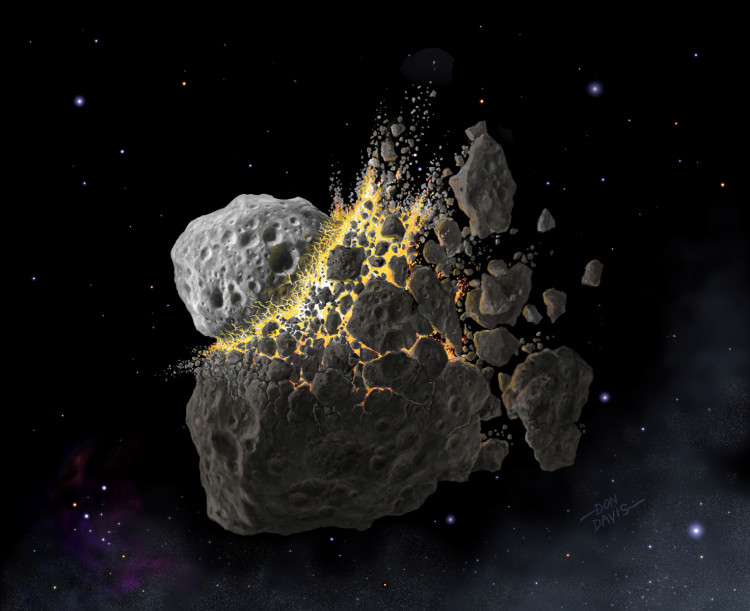A new study suggests that the water buried deep within the Red Planet came from at least two very different sources eons of years ago. The new findings are essential to better understand the astrobiology and habitability of Mars.
"These two different sources of water in Mars' interior might be telling us something about the kinds of objects that were available to coalesce into the inner, rocky planets," Jessica Barnes, an assistant professor of planetary sciences in the University of Arizona Lunar and Planetary Laboratory, said in a statement.
Barnes and her team of researchers came up with this conclusion by analyzing two well-known Martian meteorites: Alan Hills 84001 and Northwest Africa 7034, also known as Black Beauty. Alan Hills was key to finding evidence of Martial life when a team of scientists conducted an analysis back in the 1990s. However, not all were convinced, and the claim remains controversial to this day.
The research team had to determine the hydrogen-isotope compositions of Alan Hills and Black Beauty, which interacted with water found in the Red Planet's crust billions of years ago.
Isotopes are versions of an element that have different numbers of neutrons in their atomic nuclei. For example, the hydrogen in "normal" water has no neutrons in its nucleus, whereas the hydrogen in deuterium, or "heavy water," has one.
Upon studying the Martian meteorites, Barnes and her team found that both rocks have very similar amounts of normal versus heavy hydrogen. The findings of the research are documented in the journal Nature Geoscience, which was published online recently.
Though Alan Hills and Black Beauty interacted with Martian water at different points in the history of the Red Planet, both rocks have the same isotope ratios, in fact, similar to younger rocks analyzed by the Curiosity rover. This means that the chemical composition of that water hasn't changed for nearly 4 billion years.
To better understand Mars' water history, the team compared their results to previous isotope studies, this time from the planet's mantle. They discovered that the isotope ratios were consistent with two types of volcanic rock, known as shergottite, that's found in the Martian mantle.
This led to the conclusion that Mars may have had two water reservoirs. Additionally, it also means that unlike Earth, the Red Planet doesn't have a global magma ocean.
Scientists and space agencies are continuously Mars for future manned expeditions. Knowing its history is critical for understanding its past habitability and its potential for sustaining life.






